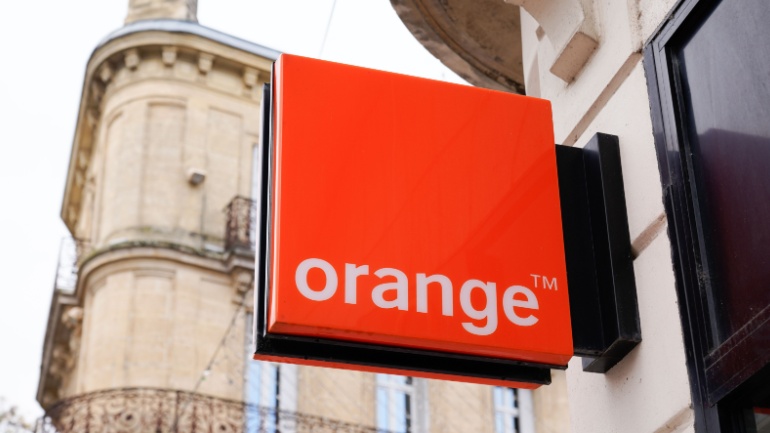Orange Energies is broadening the reach of its Orange Smart Energies platform, offering prepaid access to energy through solar kits and smart meters to all energy producers across Africa. Launched in 2017, the Internet of Things (IoT) platform addresses profitability challenges by mitigating the risk of non-payment for energy providers.
Orange has announced the merger of Orange Romania and Orange Romania Communications (OROC), creating a fully integrated telecom operator in the region. This unification combines their mobile and fixed broadband services. In 2021, Orange acquired a 54% stake in OROC, then known as Telekom Romania Communications, and quickly began integrating their operations, including joint commercial offerings and unified customer service channels. The Romanian government approved the full merger last year, allowing Orange to consolidate its control over OROC. Post-merger, Orange Group will own 80% of the combined entity, with the Romanian Ministry of Research, Innovation and Digitalization retaining a 20% share. Mari-Noëlle Jégo-Laveissière, Executive Vice President and CEO of Orange Europe, emphasized the significance of the merger, stating it is a major milestone for Orange, facilitating the delivery of top-tier mobile and fiber services. She expressed gratitude to the teams involved in the transaction and conveyed her best wishes to…
French telecom giant Orange has teamed up with green technology company d.light to bring innovative solar-powered products to its prepaid customers in Africa. California-based d.light specializes in a variety of solar-powered devices such as lamps, torches, fans, and phone chargers, all designed for easy self-installation.
Major African network operators Orange and Vodacom are reportedly negotiating an infrastructure-sharing agreement, as disclosed by Bloomberg. Sources close to the matter suggest the companies aim to collaborate in overlapping markets, such as Egypt and the Democratic Republic of Congo. This partnership would enhance their coverage and mitigate the need for extensive new infrastructure.
French telecommunications giant Orange has announced a strategic partnership with Nokia, aiming to broaden the reach of its network APIs. This collaboration will leverage Nokia’s Network as Code platform, incorporating a developer portal to invigorate the 5G market and stimulate revenue growth.
Orange and Vodafone have announced significant progress in their collaborative Open RAN pilot project in Romania, now incorporating 2G capabilities. This development is part of their ongoing effort to innovate and optimize network technology.
In a strategic move to accelerate artificial intelligence (AI) adoption across its vast network, Orange has teamed up with Google Cloud to deploy AI solutions closer to its operations and customers. The collaboration, announced at Google’s Cloud Next ’24 event in Las Vegas, aims to leverage Google Distributed Cloud (GDC), a fully managed hardware and software solution.
Orange and MásMóvil have officially sealed their merger deal, marking a significant development in Spain’s telecom sector. The joint venture, which holds equal shares from both companies, is poised to become a dominant force in the market. Despite the completion of the merger, the new entity is still without a definitive name, leaving industry observers speculating on its future identity.
In a significant move for Spain’s telecom sector, the Spanish government has officially sanctioned the merger between Orange and MasMovil, following the European Union’s approval last month. This decision paves the way for the creation of Spain’s largest telecom operator, marking the culmination of a deal valued at approximately €18.6 billion.
In a significant move at the Mobile World Congress this year, Orange has taken a step further in its environmental initiatives by enhancing its partnership with Cisco. This collaboration is not new, as Orange Business has been distributing Cisco solutions for over two decades. However, the addition of a Memorandum of Understanding (MoU) brings a fresh focus on environmental transparency and the shared goal of reducing greenhouse gas emissions (GHGs).













